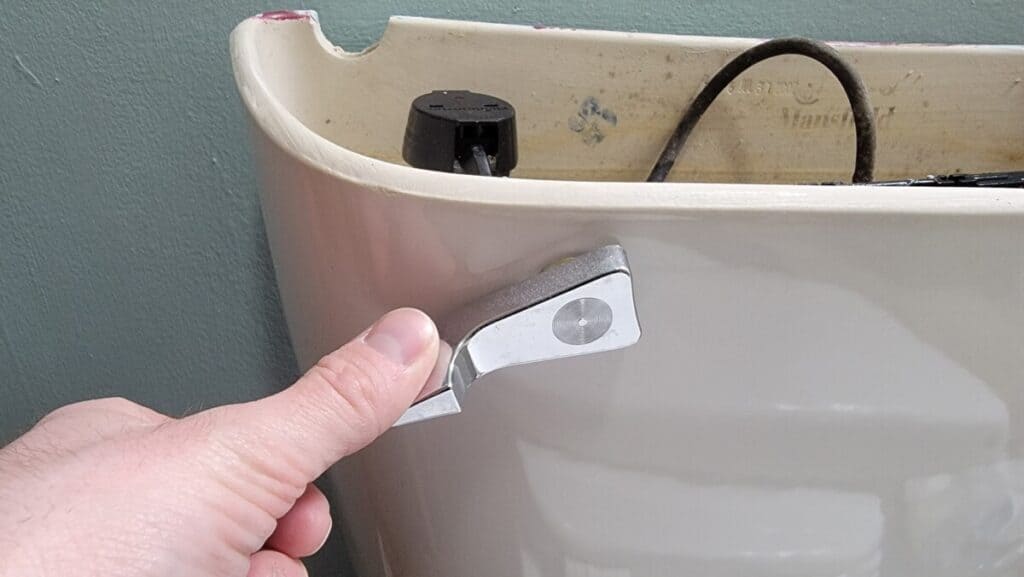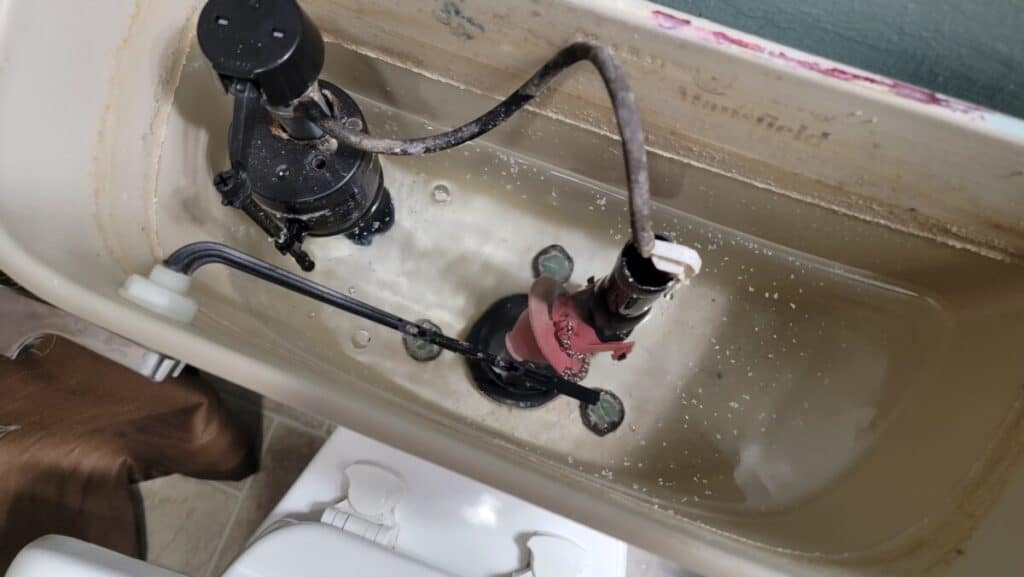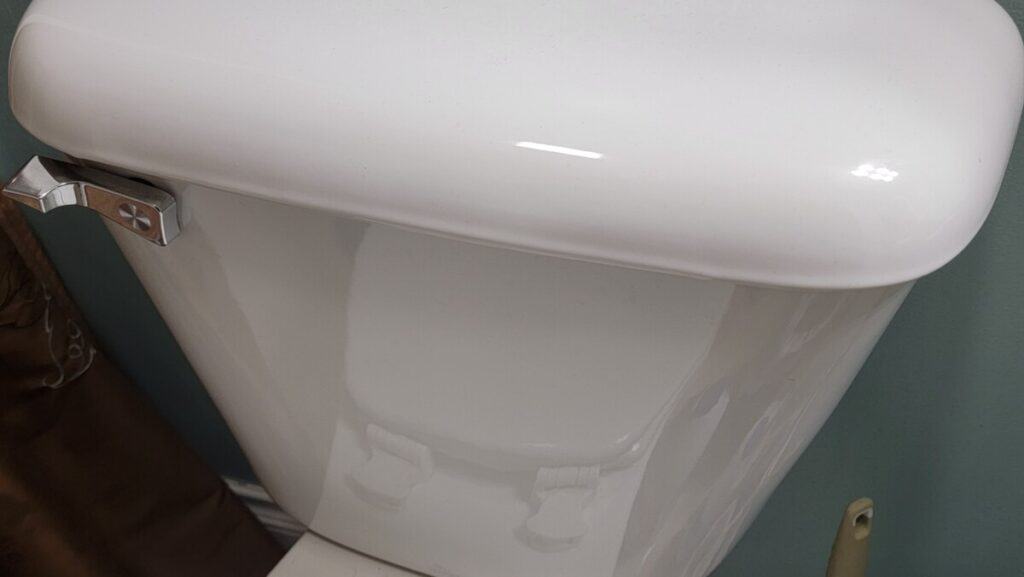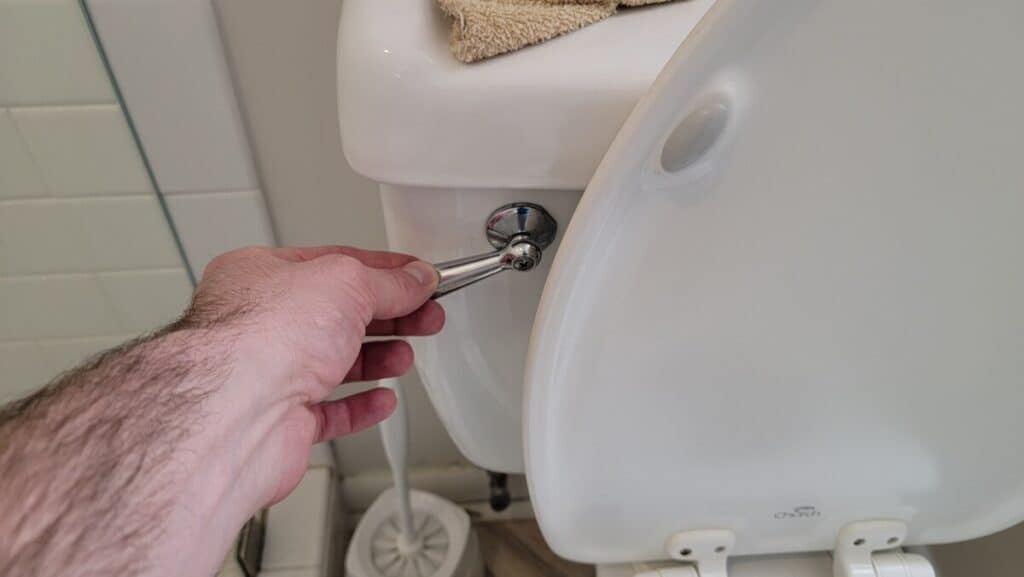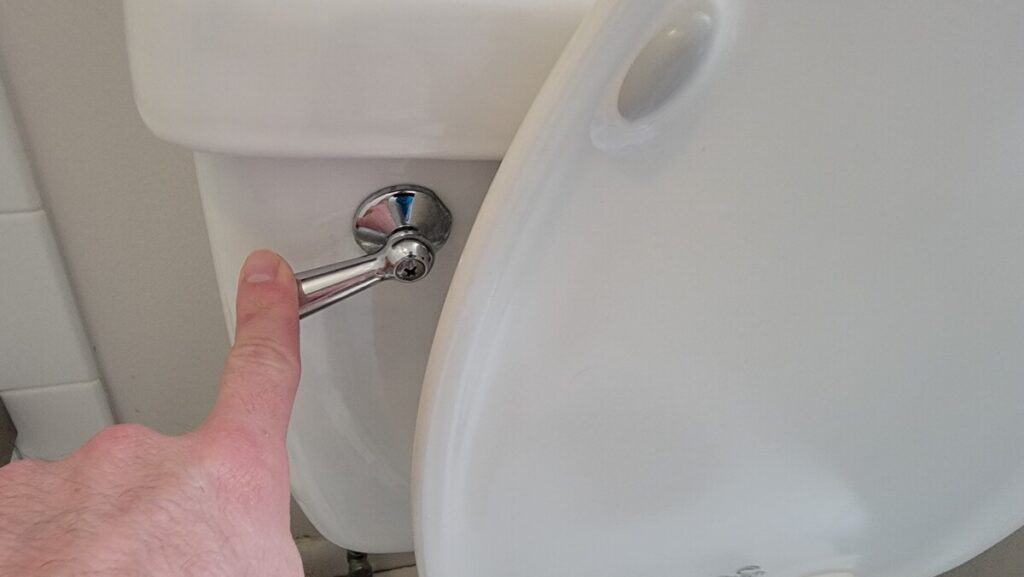Understanding Septic Systems: Easy guide for the non-Plumber
If you’ve ever wondered about septic systems – how they work, why they’re important, and how to maintain them – you’re in the right place. I’ve got over a decade of servicing thousands of toilets at my maintenance job and I’ve also got my own septic tank and plumbing issues that I’ve serviced over the years. This comprehensive guide is designed to help you understand septic systems better. Let’s dive right in!
What is a Septic System?
First things first, a septic system is a self-contained, underground wastewater treatment system. Approximately 25% of American homes use septic systems. They’re prevalent in rural areas where homes are spaced widely apart, and municipal sewer systems are not financially viable.
Septic systems use natural processes to treat wastewater from bathrooms, kitchen drains, and laundry, making them a sustainable, eco-friendly solution. They generally require very little maintenance as long as the homeowner doesn’t disrupt the microbiome within the septic tank or introduce things that cannot be broken down within it.
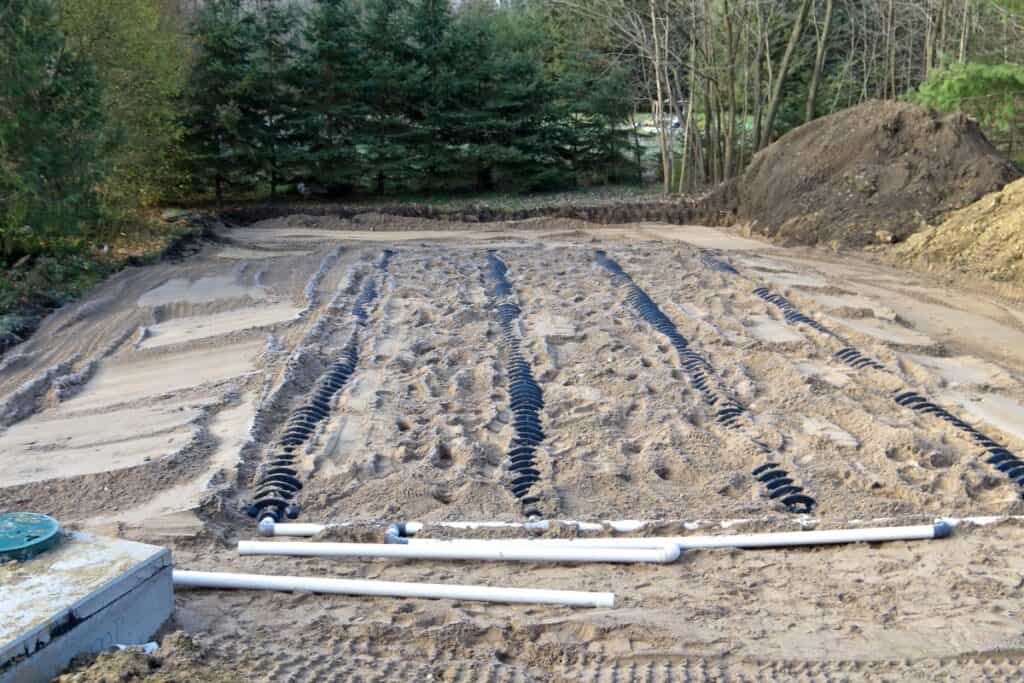
How Does a Septic System Work?
A septic system primarily consists of a septic tank and a drain field. The septic tank is a large, waterproof box usually made of concrete or fiberglass, buried in the ground. It’s designed to hold wastewater long enough for solids to settle down as sludge, and oil and grease to rise to the surface as scum.
The septic tank is connected to your home’s drain pipes, which channel all the wastewater – from toilets, bathtubs, kitchen sinks, everything – into the tank. The wastewater enters the first chamber of the tank through an inlet pipe, where the solids settle. The liquid then moves to the second chamber, where further settling occurs.
A crucial feature of septic tanks is their anaerobic (without oxygen) environment. This environment allows bacteria and enzymes to break down the solid waste into effluent – a cloudy liquid containing tiny particles of waste.
In the septic tank, you can find three layers:
- The Sludge Layer: The heaviest solids sink to the bottom to form this layer.
- The Effluent: This forms the middle layer – a cloudy liquid containing tiny waste particles.
- The Scum Layer: At the top, lighter waste forms the scum layer. This contains materials that don’t break down easily, like grease, oil, and fat.
This division is essential to ensure only the effluent (treated wastewater) moves to the next stage.
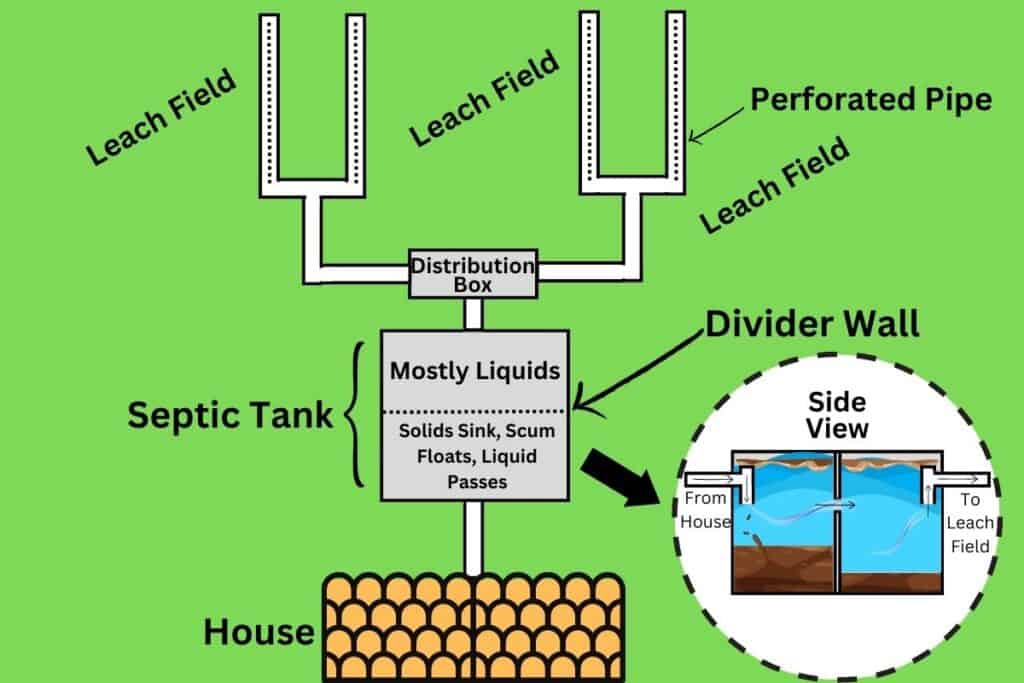
The Leaching Field
Once the wastewater has been treated in the septic tank, it’s time for the second part of the process – the leaching field. The effluent moves from the septic tank into the leaching field through pipes. These pipes are engineered with small perforated holes to allow the effluent to seep into the ground. The earth acts as a final filter, with sand and stone layers further treating the effluent before it reaches the water table.
Septic System Maintenance
Maintaining your septic system mainly involves monitoring what goes into your septic tank. Remember, your septic system is designed to be an organic system, breaking down natural waste. Dumping materials like kitty litter, grease, paint, solvents, excessive toilet paper, dental floss, or anything that doesn’t break down naturally can disrupt the system.
If you’re noticing slow drains or backflow, it might be time for some preventive action. While there’s no magic fix, using a dry enzyme product can help. These enzymes enhance the natural breakdown process in the tank, aiding in the digestion of waste. However, don’t overdo it – too much of anything can disrupt the tank’s balance.
In severe cases, you may need to get your septic tank pumped out. Over time, solids can build up in the tank, disrupting the system. Ideally, with careful use, you should be able to go five to ten years without needing a pump-out.
Remember, your septic system is like a delicate ecosystem. It thrives on a balance of water, organic waste, and naturally occurring bacteria. Avoid dumping harsh chemicals or non-organic materials into your drains to maintain this balance.
Preventive Measures: Enzymes and Bacteria
The crucial players in your septic tank are the bacteria and enzymes that work to break down waste. While these are naturally occurring, sometimes, they could use a little boost. That’s where septic tank additives come in.
Septic tank additives, like dry enzymes, are available in the market to aid this process. These enzymes help break down waste more effectively and can be safely flushed down your drains. But remember, moderation is key. Excessive amounts can disrupt the natural processes in your tank.
When Things Go Wrong: The Pump-Out
Despite our best efforts, things can go wrong. Over time, solids can build up in the tank, disrupting the system and leading to backflows, slow drains, or even damage to your leaching field. In such cases, the best course of action is a pump-out.
During a pump-out, professionals come in to remove the sludge and scum layers, effectively giving your septic tank a fresh start. Depending on usage and the nature of the waste flushed down, pump-outs are typically needed every five to ten years. However, if you’re observing issues with your septic system, it’s better to call in the professionals sooner rather than later.
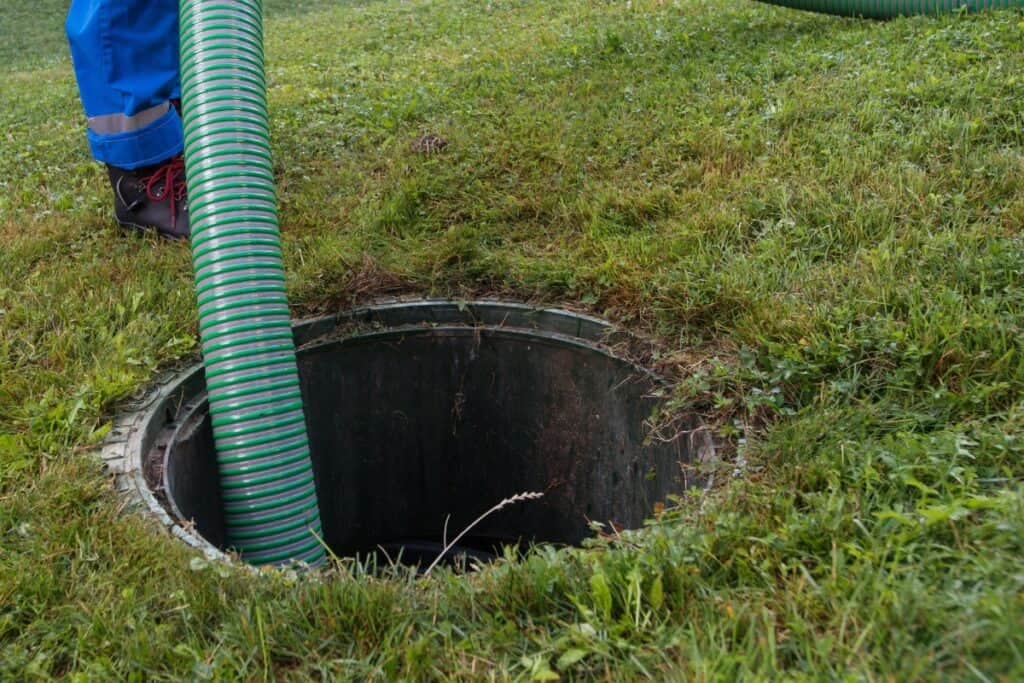
The Importance of ‘Perking’
Before installing a septic system, it’s crucial to ensure your land ‘perks.’ Perking refers to the soil’s ability to absorb water. If the soil doesn’t perk, it might not be suitable for a leaching field, as the effluent won’t be adequately absorbed and treated.
If your septic system isn’t functioning correctly, one possible cause could be the soil in your leaching field. Soil that is saturated with clay, for instance, may not absorb water effectively, leading to system failures.
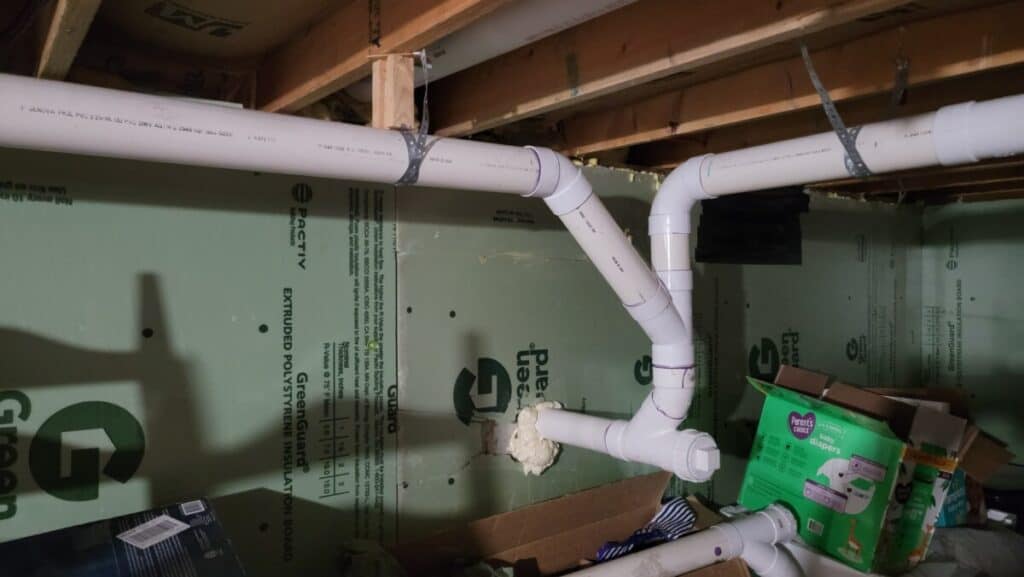
Important Takeaways
A septic system is a marvel of nature and engineering. It works quietly and efficiently, treating waste and protecting our environment. Understanding how your septic system works can help you maintain it better, ensuring its longevity and efficiency. Remember, the key to a healthy septic system lies in mindful use and regular maintenance.
And if you’re ever in doubt, it’s always a good idea to call in professionals. After all, when it comes to septic systems, prevention is better than cure.
As always, thanks for reading and keep those home improvements coming!



